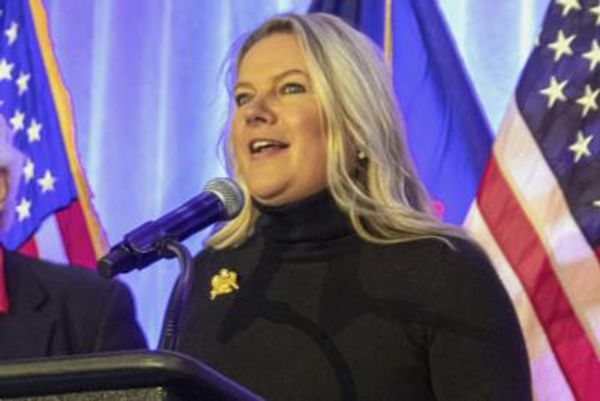
The Federal Reserve cut interest rates on Wednesday for the first time since March 2020, lowering the Fed funds rate by 50 basis points as it declared the fight against inflation all but won.
The decision to go with a larger 50 basis point rate cut, instead of the more common 25 basis point option, comes amid a significant cooling in the labor market as well as calls for a larger rate cut from economists, politicians, and former Fed officials who fear the economy is beginning to show signs of strain. "Staying at or near the current funds rate raises the chance of an economic slowdown or recession significantly,” Jeremy Siegel, a Wharton professor and veteran Fed watcher, warned in a Fortune op-ed Tuesday.
Before the Fed’s decision, bond market traders were pricing in 58% odds of a 50 basis point rate cut, and 42% odds of a 25 basis point rate cut, according to CME Group’s FedWatch Tool.
"It is time to recalibrate our policy to something that is more appropriate given the progress on inflation and unemployment moving to a more sustainable level," Federal Reserve Chair Jerome Powell said Wednesday afternoon.
This long-anticipated and widely forecast move marks a big shift in Fed policy. In order to fight stubborn inflation, Fed officials raised interest rates 11 times between March 2022 and July 2023, lifting the Fed funds rate from near-zero to a range between 5.25% and 5.5%—the highest level in 16 years—before pausing their rate-hiking campaign to gauge the economy’s reaction.
View this interactive chart on Fortune.com
Since then, inflation has fallen significantly, nearing the Fed’s 2% target. In July 2023, year-over-year inflation, as measured by the consumer price index, was sitting at 3.2%, but in August of this year it sank to just 2.5%.
The Fed’s favorite inflation gauge, the core personal consumption expenditures (core PCE) price index, which excludes volatile food and energy prices, has fallen from 4.6% in July 2023 to just 2.6% in July of this year, even without further Fed rate hikes.
Perhaps even more importantly, in the eyes of the Fed, the labor market has begun to show signs of strain. Employers have created just over 100,000 jobs in each of the past three months, "a notable stepdown from the year before," Fed Chair Jerome Powell said Wednesday afternoon. The unemployment rate rose from 3.5% in July 2023 to 4.2% in August of this year, illustrating the cooling effect of higher rates as businesses slowed hiring and more people looked for work.
The decision to cut rates was certainly driven in part by this rise in joblessness, with experts like Apollo Global Management chief economist Torsten Slok noting Fed officials are now focusing on both sides of their so-called dual mandate—maximum employment and stable prices—after years of prioritizing the fight against inflation.
"With inflation easing, the labor market is expected to dictate the pace of future Fed adjustments," Ashish Shah, global co-head and chief investment officer of Public Investing within Goldman Sachs Asset Management, told Fortune via email. "Over the coming year, we expect approximately 250 basis points in adjustments."
"Dialing back restrictive monetary policy could extend the U.S. economic cycle – benefiting both bonds and risk assets – but investors should pay attention to tail risks," he added.
The Fed's updated economic projections also predicted that inflation would drop faster than policymakers believed three months ago—and that unemployment would rise more. They foresee their preferred inflation gauge falling to 2.3% by year’s end, from its current 2.5%, and to 2.1% by the end of 2025. And they now expect the unemployment rate to rise further this year, to 4.4%, and to remain there by the end of 2025.
J.J. Kinahan, CEO of IG North America and President of Tastytrade, also brought up potential risks from this "incredibly aggressive cut."
"I think the market got what it wanted in the short term, but I also think the concern will be ‘are things worse than the Fed have been saying, or that the numbers have been alluding to,'" he told Fortune via email. "I think that the rate cut comes from the Fed’s fear that the job market has been slowing too much."







